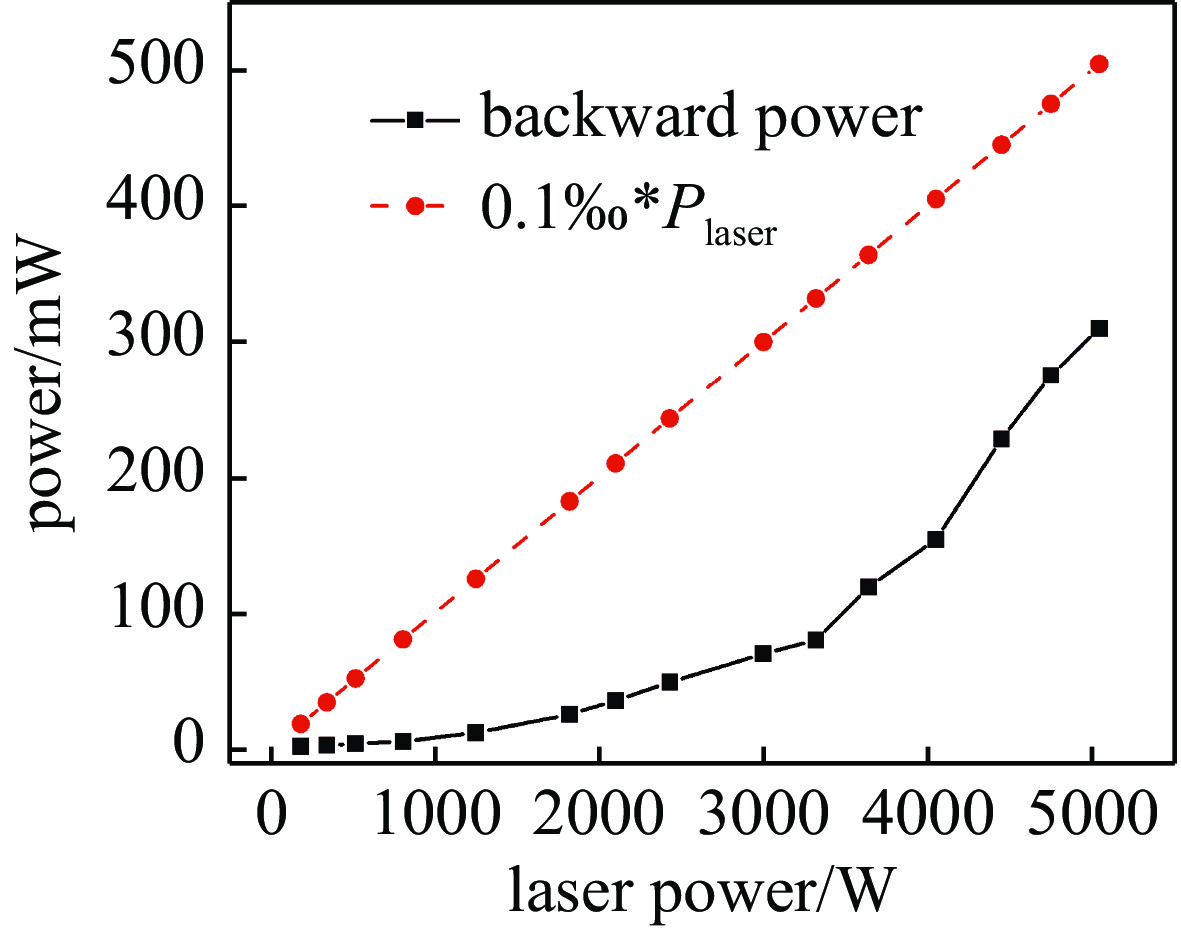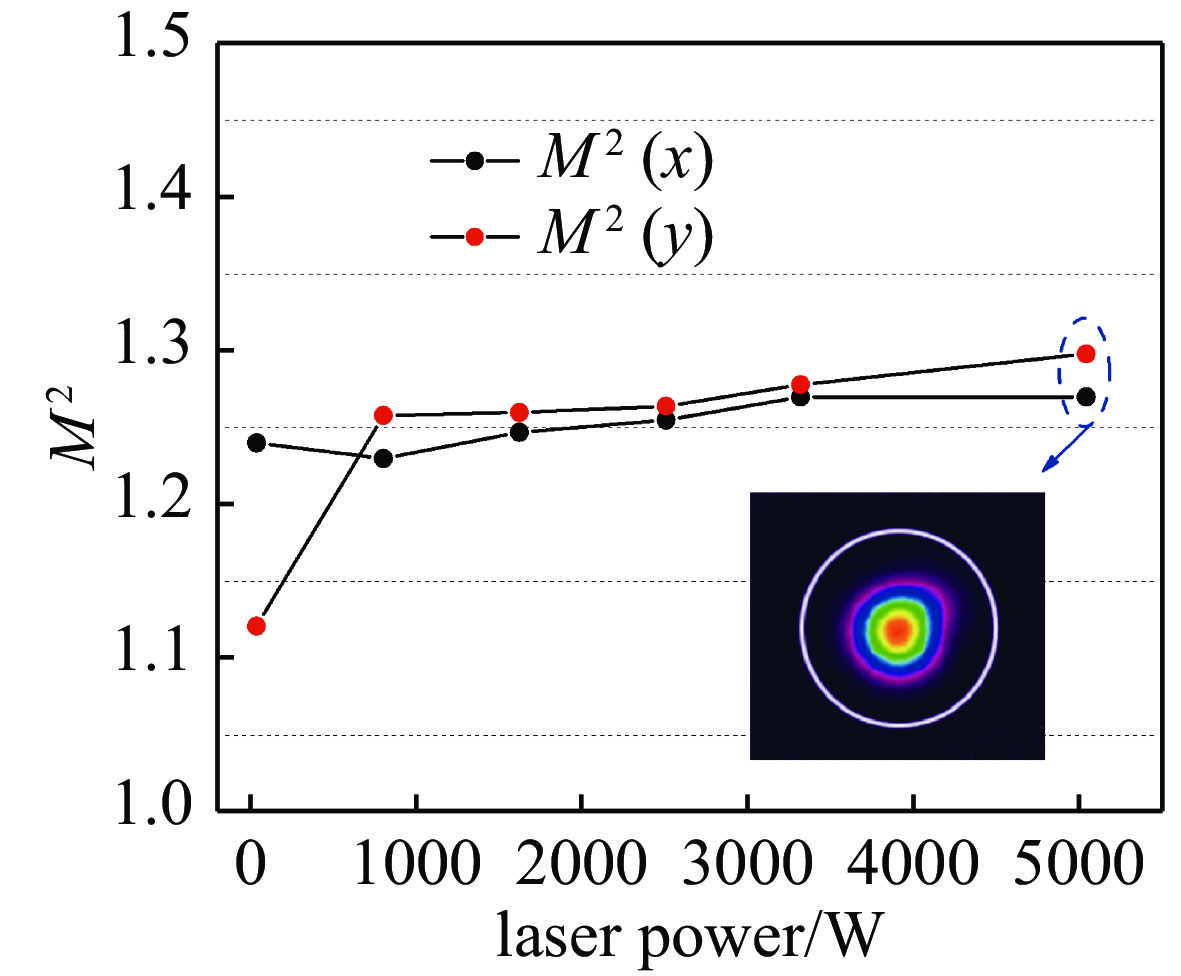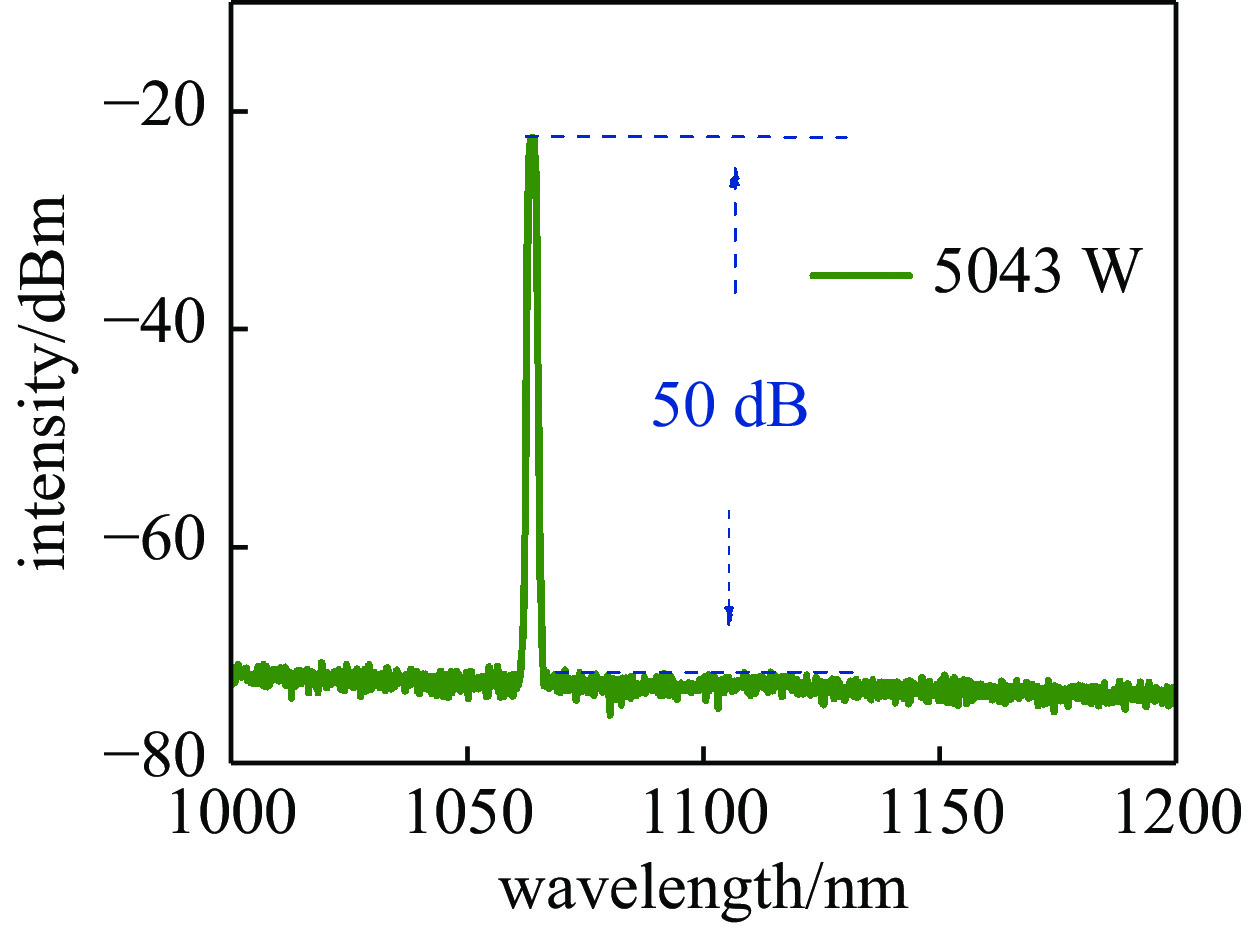Using deep learning for surface defects identification of optical components
-
摘要: 精密光学元件表面疵病的人工检测分类方法效率低,且准确率易受疲劳等人工因素影响,而基于传统机器学习方法的分类准确率有待进一步提高。提出了一种基于深度学习卷积神经网络的光学大尺寸元件表面疵病识别方法。首先,通过现场实验采集并整理了大尺寸镜面疵病样本;接着,基于单通道灰度图像构建融合梯度的三通道图像,挖掘更深入的特征表达;最后,基于经典的LeNet网络,提出了面向激光惯性约束聚变(ICF)的光学元件表面疵病识别网络ICFNet,该网络不需要复杂的手工特征设计和提取,仅使用原始灰度图像就实现高效的疵病识别。实验结果表明:针对包含麻点、划痕和灰尘的三类疵病数据,ICFNet相较于使用多项特征和支持向量机的传统方法拥有较好的分类准确率。Abstract: The manual classification methods for surface defects of precision optical elements are inefficient and the accuracy is easily affected by manual factors such as fatigue. And the accuracy based on traditional machine learning methods needs to be further improved. We propose an inspection method for surface defects of large-caliber optical elements using deep learning convolutional neural network. Firstly, collect and catalog a dataset of the surface defects of large-caliber optical elements through field tests. Then, for mining deeper feature expression, creat gradient-based three channels fusion image by the single-channel grayscale image. Finally, put forward the ICFNet which aims at Inertial Confinement Fusion (ICF) based on typical LeNet. The ICFNet does not require sophisticated manual design or feature extraction, only uses grayscale image to realize efficient inspection for surface flaws of large-caliber optical elements. Experiments show that ICFNet has better classification accuracy than traditional methods using multiple features and support, vector machines for three types of defects, including scratch, dust, and pits. This method has certain application value in surface defects identification of optical components.
-
表 1 不同方法的分类准确率对比
Table 1. Comparison of classification accuracy of different methods
input channels classifier accuracy/% − SVM[2] 92.2 1 SVM (Linear)
SVM (RBF)
LeNet-576.6
60.0
73.3ICFNet 90.0 3 SVM (Linear) 76.6 SVM (RBF) 63.3 LeNet-5 86.7 ICFNet 96.7(+4.5) -
[1] 林尊琪. 激光核聚变的发展[J]. 中国激光, 2010, 37(9):2202-2207 doi: 10.3788/CJL20103709.2202Lin Zunqi. Progress of laser fusion[J]. Chinese Journal of Lasers, 2010, 37(9): 2202-2207 doi: 10.3788/CJL20103709.2202 [2] 楚红雨. 基于机器视觉的高功率激光装置光学元件表面缺陷检测技术研究[D]. 重庆: 重庆大学, 2011: 21-42, 95-106Chu Hongyu. Research on the detecting technology of surface optics defect for high-power laser device based on machine vision[D]. Chongqing: Chongqing University, 2011: 21-42, 95-106 [3] Sowers I F. Optical cleanliness specifications and cleanliness verification[C]//Proceedings of the 44th Annual Meeting of the International Symposium on Optical Science, Engineering, and Instrumentation. 1999: 525-530. [4] 史伟. 高精度洁净度检测方法研究[D]. 成都: 四川大学, 2000: 9-15Shi Wei. Research on high precision purification testing methods[D]. Chengdu: Sichuan University, 2000: 9-15 [5] 范勇, 陈念年, 高玲玲, 等. 大口径精密表面疵病的数字化检测系统[J]. 强激光与粒子束, 2009, 21(7):1032-1036Fan Yong, Chen Niannian, Gao Lingling, et al. Digital detection system of surface defects for large aperture optical elements[J]. High Power Laser and Particle Beams, 2009, 21(7): 1032-1036 [6] 汪凤全, 杨甬英, 孙丹丹. 精密表面缺陷的数字化检测系统研究[J]. 光学仪器, 2006, 28(3):71-75 doi: 10.3969/j.issn.1005-5630.2006.03.015Wang Fengquan, Yang Yongying, Sun Dandan. Research of digital inspection system of precise surface defect[J]. Optical Instruments, 2006, 28(3): 71-75 doi: 10.3969/j.issn.1005-5630.2006.03.015 [7] 朱小龙, 王翊, 谢志江, 等. 精密光学元件表面洁净度成像检测系统[J]. 西南交通大学学报, 2009, 44(6):958-962 doi: 10.3969/j.issn.0258-2724.2009.06.027Zhu Xiaolong, Wang Yi, Xie Zhijiang, et al. Surface cleanliness level detection by imaging method for precision optical elements[J]. Journal of Southwest Jiaotong University, 2009, 44(6): 958-962 doi: 10.3969/j.issn.0258-2724.2009.06.027 [8] 付向文. 基于图像识别的透镜瑕疵检测系统关键技术研究[D]. 沈阳: 沈阳理工大学, 2014: 53-61Fu Xiangwen. Research of the key technology on detection system of lens defect based on image recognition[D]. Shenyang: Shenyang Ligong University, 2014: 53-61 [9] 冯博. 惯性约束聚变终端光学元件损伤在线检测技术研究[D]. 哈尔滨: 哈尔滨工业大学, 2014: 63-82Feng Bo. Research on final optics damage online inspection technologies for ICF system[D]. Harbin: Harbin Institute of Technology, 2014: 63-82 [10] 何小嵩, 张占文, 荣伟彬. 基于计算机视觉的微球缺陷检测及分类方法[J]. 强激光与粒子束, 2017, 29:084102 doi: 10.11884/HPLPB201729.170015He Xiaosong, Zhang Zhanwen, Rong Weibin. Detection and classification of microspheres based on computer vision[J]. High Power Laser and Particle Beams, 2017, 29: 084102 doi: 10.11884/HPLPB201729.170015 [11] 张文学, 王继红, 任戈. 基于相机阵列的光学组件缺陷在线检测方法[J]. 强激光与粒子束, 2020, 32:051001 doi: 10.11884/HPLPB202032.190444Zhang Wenxue, Wang Jihong, Ren Ge. Optical elements defect online detection method based on camera array[J]. High Power Laser and Particle Beams, 2020, 32: 051001 doi: 10.11884/HPLPB202032.190444 [12] 熊显名, 张乾坤, 秦祖军. 基于可见-近红外光谱的路面状况识别的研究[J]. 红外技术, 2021, 43(2):131-137Xiong Xianming, Zhang Qiankun, Qin Zujun. Research on highway state detection based on visible-near-infrared spectrum[J]. Infrared Technology, 2021, 43(2): 131-137 [13] 南哲锋. 基于机器视觉的轨道缺陷检测算法研究[D]. 兰州: 兰州交通大学, 2021: 38-48Nan Zhefeng. Research on track defect detection algorithm based on machine vision[D]. Lanzhou: Lanzhou Jiaotong University, 2021: 38-48 [14] Lecun Y, Bottou L, Bengio Y, et al. Gradient-based learning applied to document recognition[J]. Proceedings of the IEEE, 1998, 86(11): 2278-2324. doi: 10.1109/5.726791 [15] Chollet F. Deep learning with python[M]. 2nd ed. New York: Manning, 2021: 20-26, 202-221. [16] 阿斯顿·张, 李沐, 扎卡里·C. 立顿, 等. 动手学深度学习[M]. 北京: 人民邮电出版社, 2019: 62-65Zhang A, Li Mu, Lipton Z C, et al. Dive into deep learning[M]. Beijing: Posts & Telecom Press, 2019: 62-65 [17] 黄俊, 张娜娜, 章惠. 基于优化LeNet-5的近红外图像中的静默活体人脸检测[J]. 红外技术, 2021, 43(9):845-851Huang Jun, Zhang Nana, Zhang Hui. Silent live face detection in near-infrared images based on optimized LeNet-5[J]. Infrared Technology, 2021, 43(9): 845-851 -






 下载:
下载:








